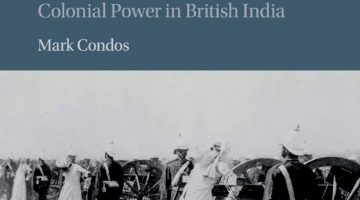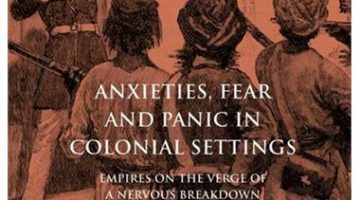
By Amina Marzouk Chouchene, PhD candidate, Manouba University There has been a consistent recent interest in tracing the fragile nature of the British Empire. An increasing number of historians such as Richard Price, Kim Wagner, Harald Fisher-Tiné, and Jon Wilson have considered the precariousness of empire from different perspectives.[1] The ever-present threats of what was […]

